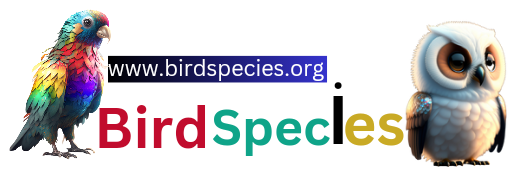Do you know the big brown birds in Florida with redheads and huge wingspans? They’re called Brown Pelicans, and they’re pretty interesting creatures!
In this post, we’ll explore some fascinating facts about these big brown birds in Florida, like what they eat and how they survive in the wild, how long they are, and their behavior.
Get ready to be amazed by these incredible birds!
Brown Pelican

The Brown Pelican is a large, brown-colored bird with a long bill and a wingspan of up to 7 feet.
They can be found along the coast of Florida and are a common sight on beaches, piers, and docks.
Brown Pelicans are excellent swimmers and divers, and they use their bill as a scoop to catch fish while swimming on the water’s surface.
Brown Pelicans were once threatened due to pesticide pollution, However, their population has since recovered and they were removed from the endangered species list in 2009.
Brown Pelicans are now protected species under state and federal law, and it is illegal to harm or disturb them or their nests without a permit.
Brown Pelicans are also known for their distinctive head movements when they dive for fish.
They tuck their wings back and plunge into the water headfirst, then bob their heads up and down to swallow the fish they caught.
Sandhill Cranes

Sandhill Cranes are relatively common in Michigan and can be found throughout the state.
The Sandhill Crane is a big bird with long legs and a 6-foot wingspan.
They live in wetlands, fields, and grasslands throughout Florida and are often seen walking in pairs or small groups. They make distinctive sounds that are easy to recognize.
They are large, grey birds with distinctive red crowns on their heads. They can often be seen in fields and wetlands, where they feed on plants, insects, and small animals.
These beautiful large birds can grow up to 5 feet tall with a wingspan of up to 6 feet.
| Diet | Seeds, grains, insects, small animals including snakes, frogs |
| Habitat | Wetlands, marshes, bogs, agriculture areas, roadsides, swamps, grassy areas near wetlands |
| Best places to see | Bernard W.Baker Sanctuary Haehnle Sanctuary Kensington Metropark Waterloo Recreation Area |
Great Blue Heron

| Aspect | Description |
|---|---|
| Diet | Fish, frogs, snakes, small mammals, insects |
| Habitat | Blue-gray plumage, long neck, long yellow bill, black stripe above the eye, grayish-black legs |
| Where to spot in Michigan | State parks, nature reserves, wildlife refuges, coastal areas |
| Identification | Blue-gray plumage, long neck, long yellow bill, black stripe above the eye, greyish-black legs |
Great Blue Herons are tall wading blue birds in Michigan with blue-grey bodies and long, S-shaped necks.
They live near water bodies such as marshes, rivers, and lakes and mostly eat fish, amphibians, and invertebrates.
They build large stick nests in trees near water. To spot Great Blue Herons, look near bodies of water such as ponds or lakes. They often stand still in shallow water, waiting to catch fish or prey.
Listen to their loud, harsh calls, which can help you find them. They may also fly overhead with slow, deep wingbeats.
Conclusion:
Florida has three big brown birds: Brown Pelican, Sandhill Crane, and Great Blue Heron. Brown Pelicans catch fish, Sandhill Cranes are tall and live in grassy areas, and Great Blue Herons live near water. These birds are important for Florida and fun to see. We should take care of their homes and follow the rules to protect them.

